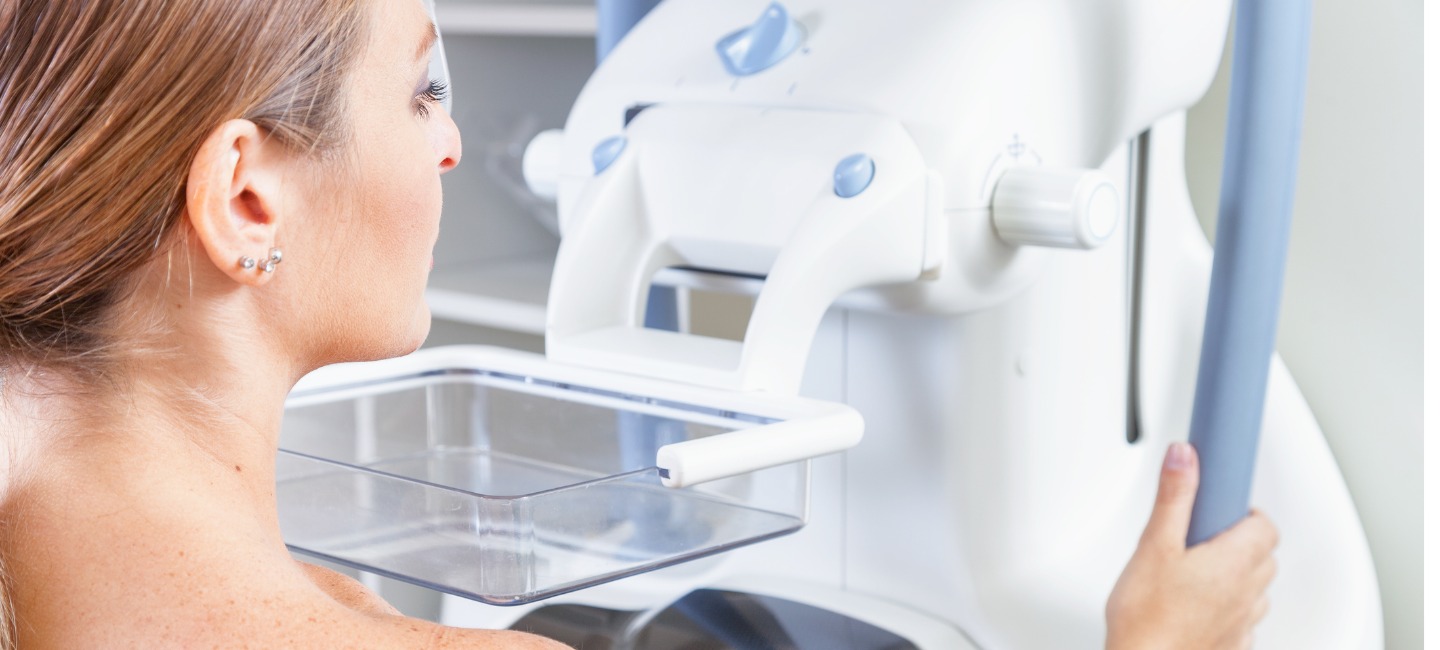When is the Best Time to Schedule Your Mammogram? Now!
Every October we are given not-so-subtle reminders of the importance of annual breast cancer screenings. But that doesn’t mean October is the only month screenings should occur.
According to Dr. Bethany Niell, section chief of breast imaging at Moffitt Cancer Center, all women should be evaluated by age 30 to determine if they are at an increased risk for developing breast cancer. Higher-risk women can then reap the benefits of more intensive screening regimens like beginning screening mammograms as early as age 30 and getting additional screening such as breast MRIs.
Moffitt, the National Comprehensive Cancer Network and American College of Radiology recommend annual (once every year) screening for women with an average breast cancer risk beginning at age 40. Those with risk factors, like a family history of the disease, should speak to their doctor about starting routine screenings even earlier.
“And even if it hasn’t been a year since your last mammogram, if you feel a lump, you should immediately make an appointment with your healthcare provider,” Niell said.
Different organizations recommend different guidelines for screening, which can be confusing. But for Niell, the message is simple: More lives are saved by performing screening mammograms every year beginning at age 40 in average-risk women.

“Many women do not know that they are at increased risk of developing breast cancer,” Niell said. “Women at increased risk may benefit from additional breast cancer screening options beginning as early as age 25.”
Breast cancer screening mammogram appointments last about a half hour, according to Niell. Half of that time is usually split between paperwork and the actual mammogram. At Moffitt, screening mammograms are performed with digital breast tomosynthesis (DBT), also sometimes called a 3D mammogram. Screening with tomosynthesis finds more cancers and decreases the chance that a woman will be recalled for additional imaging. Mammography results are communicated to patients with a mailed letter from the breast radiologist.
Approximately 1 in 8 women will develop breast cancer during her lifetime. When it is found early, the prognosis is usually good with appropriate treatment.
“Screening mammograms decrease breast cancer deaths by detecting cancers when they are still small,” Niell said. “A screening mammogram is used to find breast cancer in patients who do not have any noticeable symptoms. It is performed with a machine that is specifically designed to create detailed x-ray images of breast tissue using compression and small doses of ionizing radiation.”
If a screening mammogram shows an abnormality, a physician will typically order additional testing, such as more mammogram images or images produced by breast ultrasound or magnetic resonance imaging (MRI). If further testing reveals a suspicious finding, a physician may recommend a biopsy to remove a small sample of cells from a suspicious area to check for the presence of cancer.
For a screening mammogram, a prescription isn’t necessary for women 40 and older, but may be required for those under 40.
Moffitt offers screening mammograms at the Richard M. Schulze Family Foundation Outpatient Center at McKinley Campus and Moffitt at International Plaza locations. Patients who have had previous imaging done outside of Moffitt are asked to bring a copy of the images on a CD for comparison.



